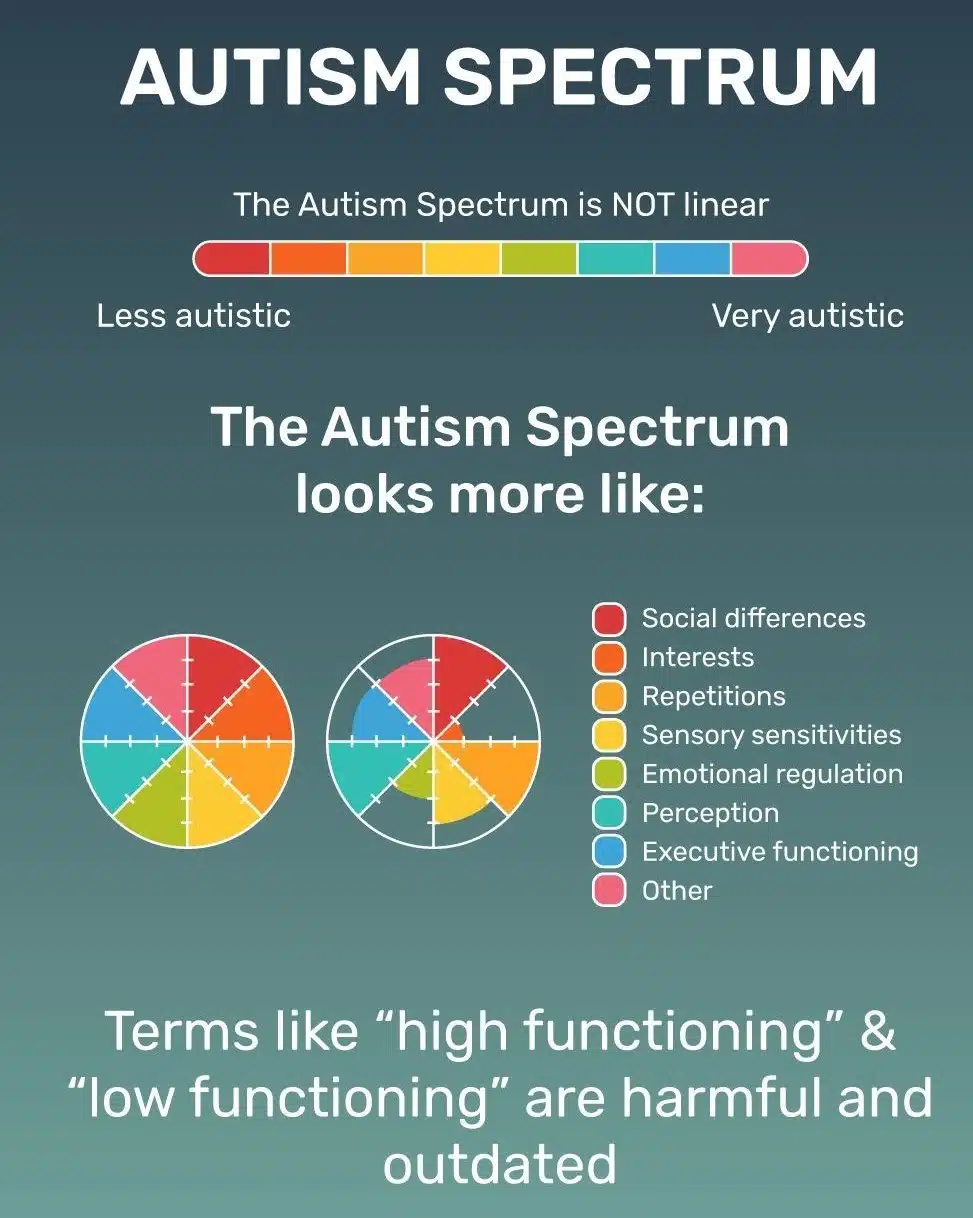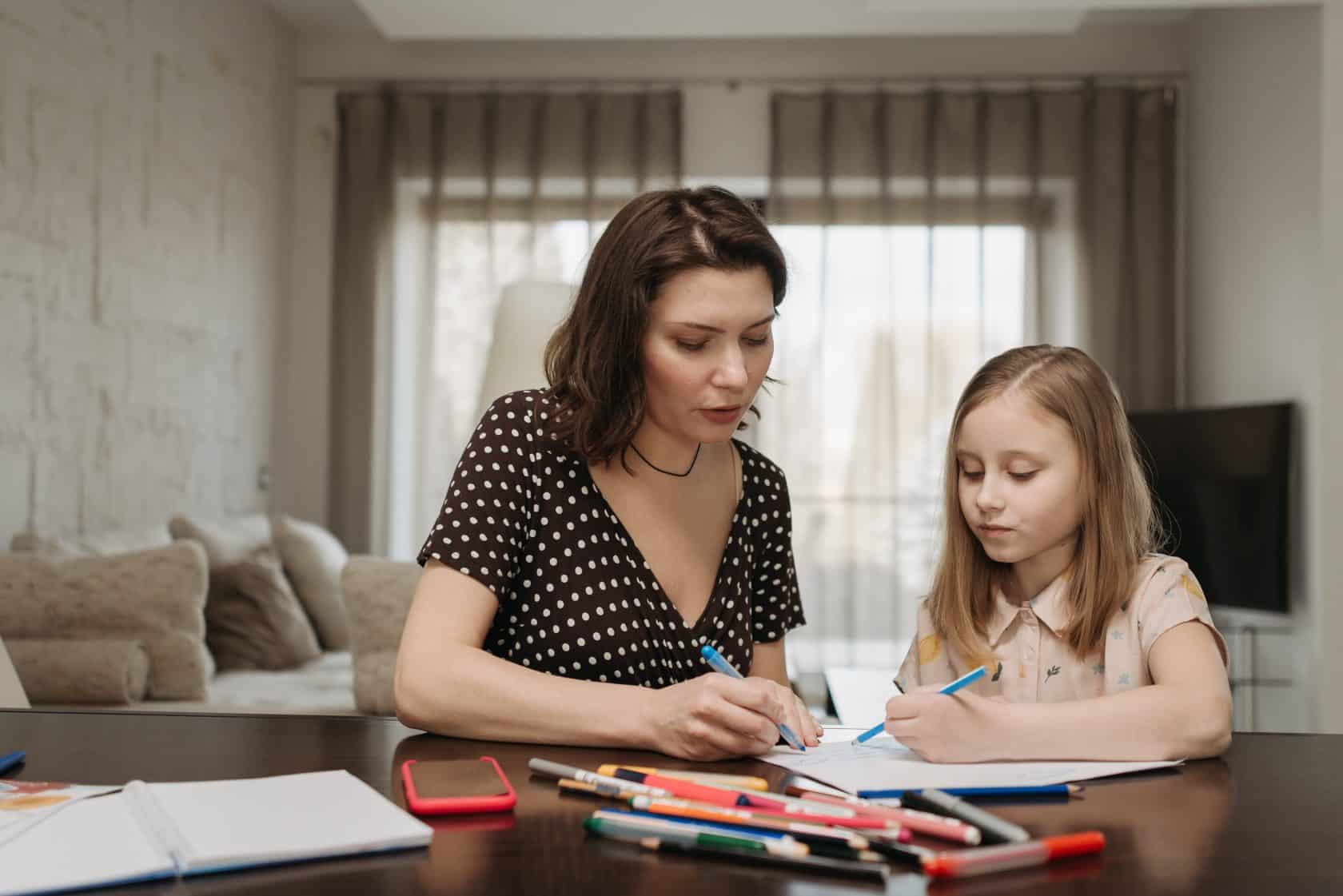Let’s follow Charlie, a 9-year-old boy, as he embarks on a journey to enhance his social skills using Behavior Skills Training (BST).
| Steps |
Description |
| Identifying the Challenge |
Charlie struggles with initiating conversations and maintaining eye contact. |
| Simplifying the Steps |
With the guidance of his therapist, Charlie starts by focusing on one step at a time. |
| Demonstrating the Skill |
His therapist, Sarah, engages in playful conversations, demonstrating eye contact and conversation initiation. |
| Practice Makes Perfect |
Charlie practices with Sarah, receiving immediate feedback and praise for his efforts. |
| Reinforcing Progress |
At home and school, Charlie’s parents and teachers encourage his newfound skills, boosting his confidence. |
Charlie’s journey with BST not only improved his social skills but also enriched his interactions and relationships. Every small step he took brought him closer to success, proving that with practice and support, anyone can thrive.













